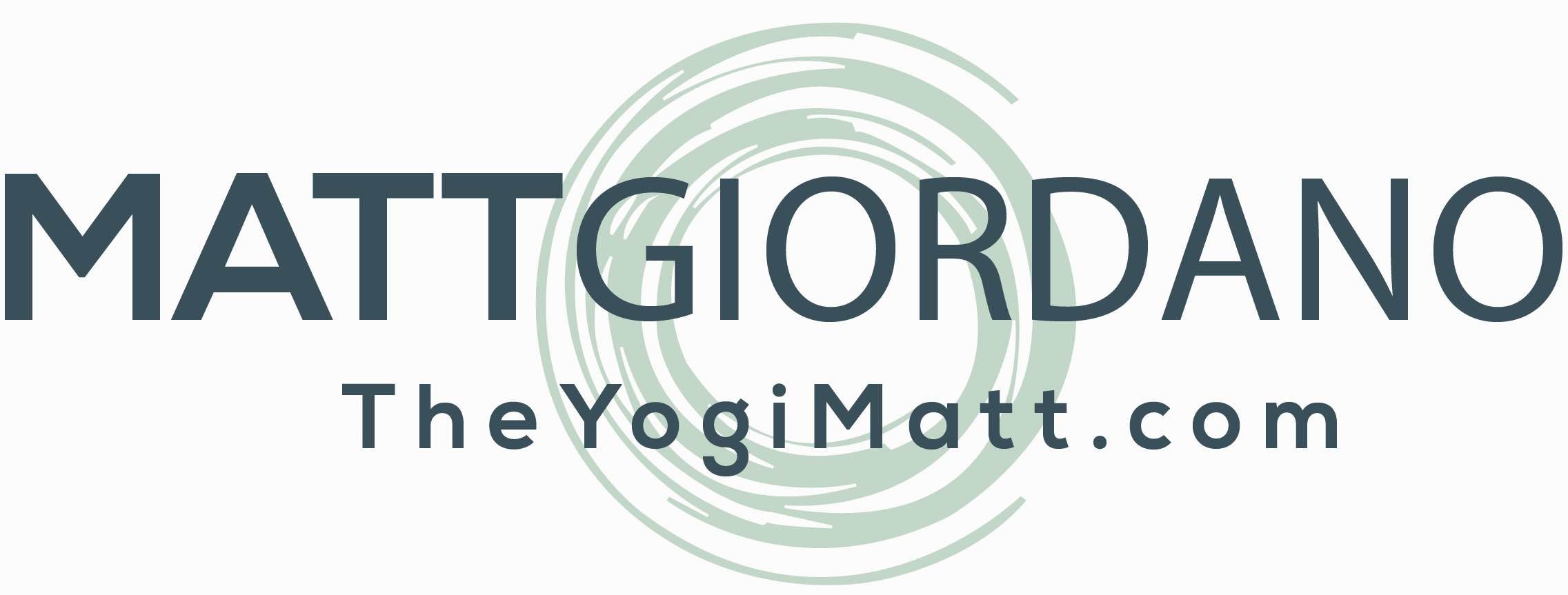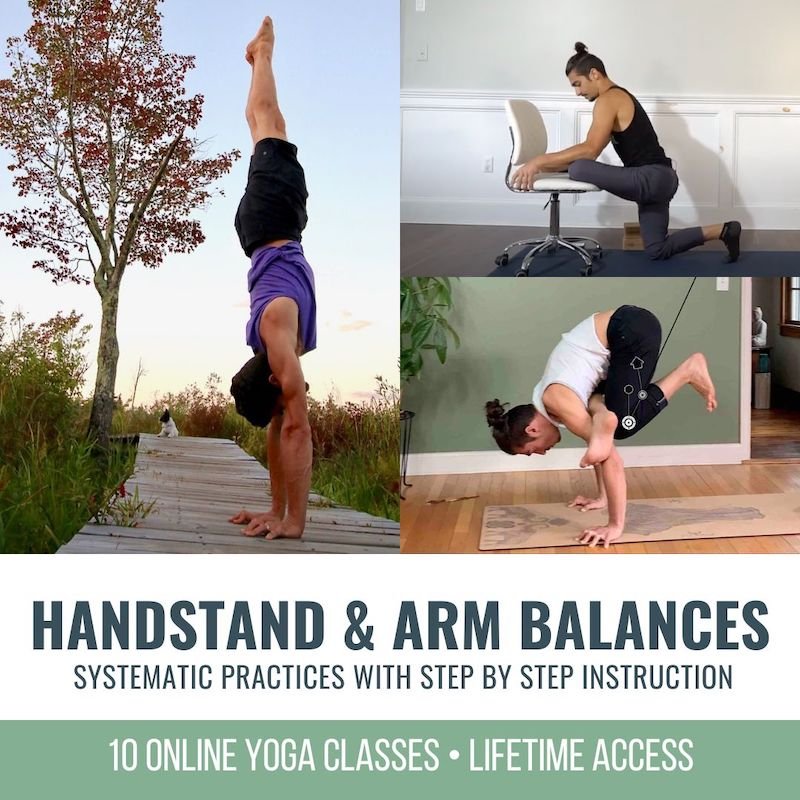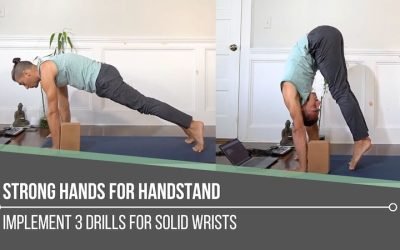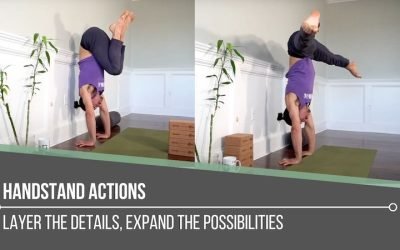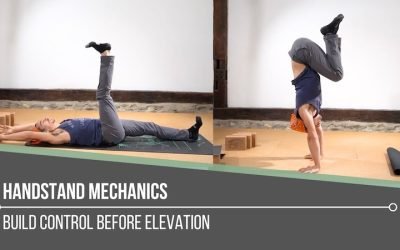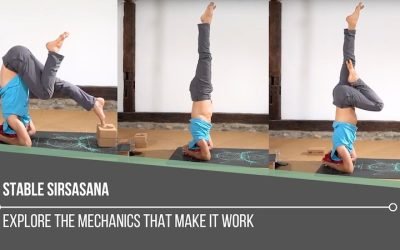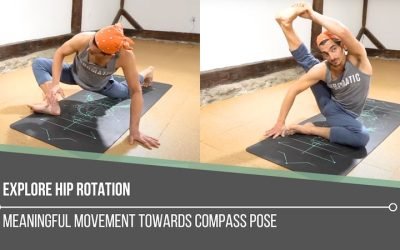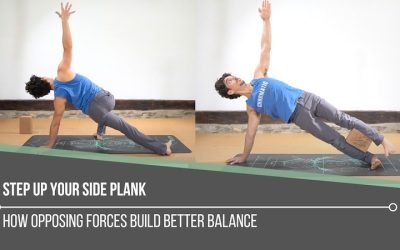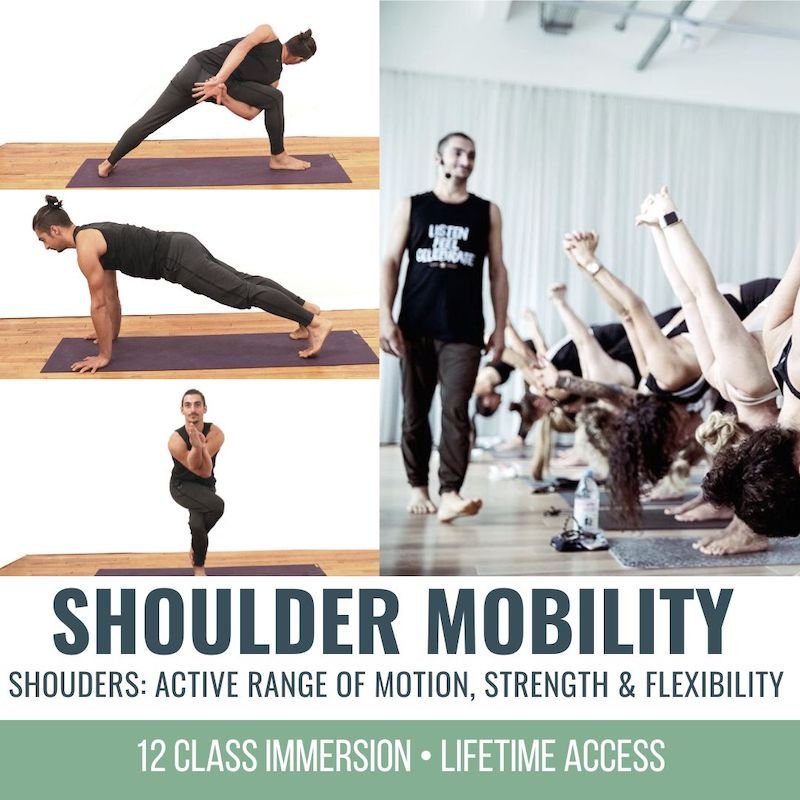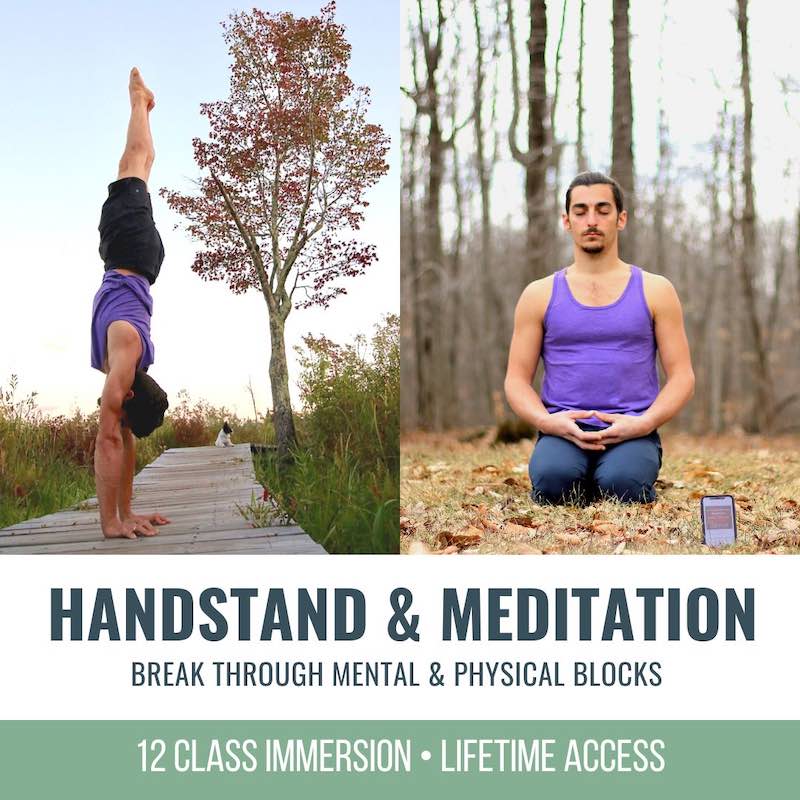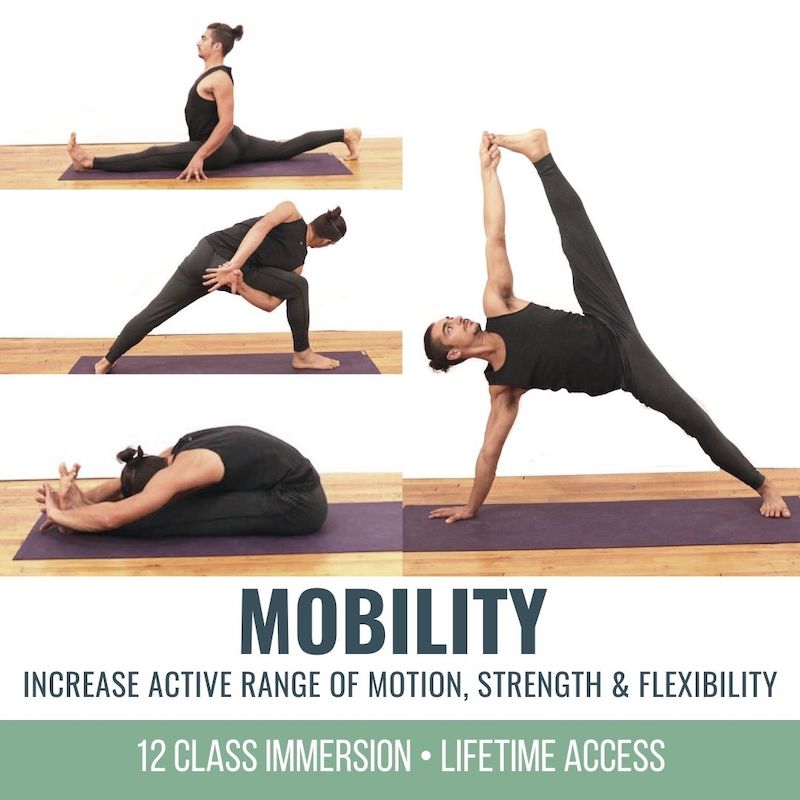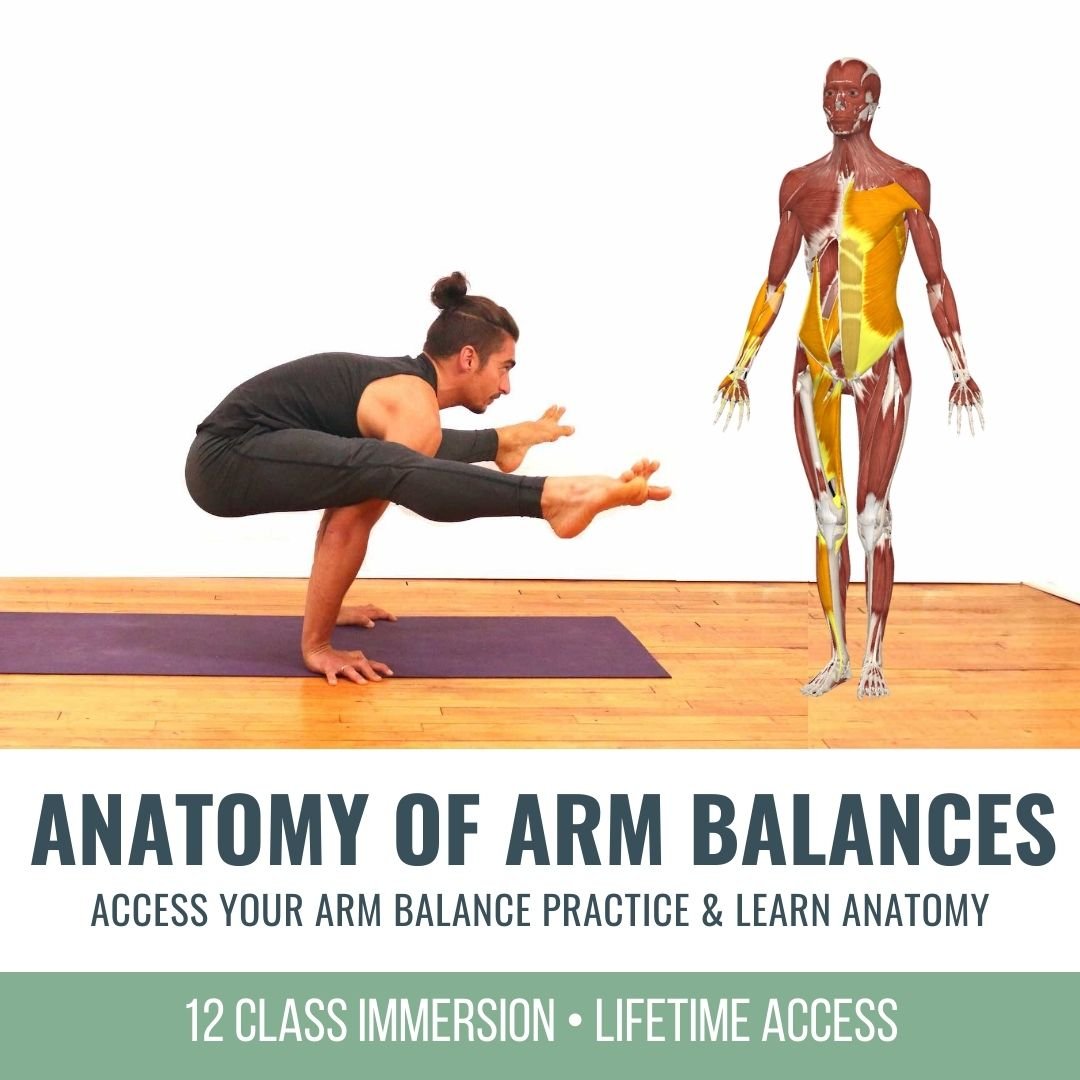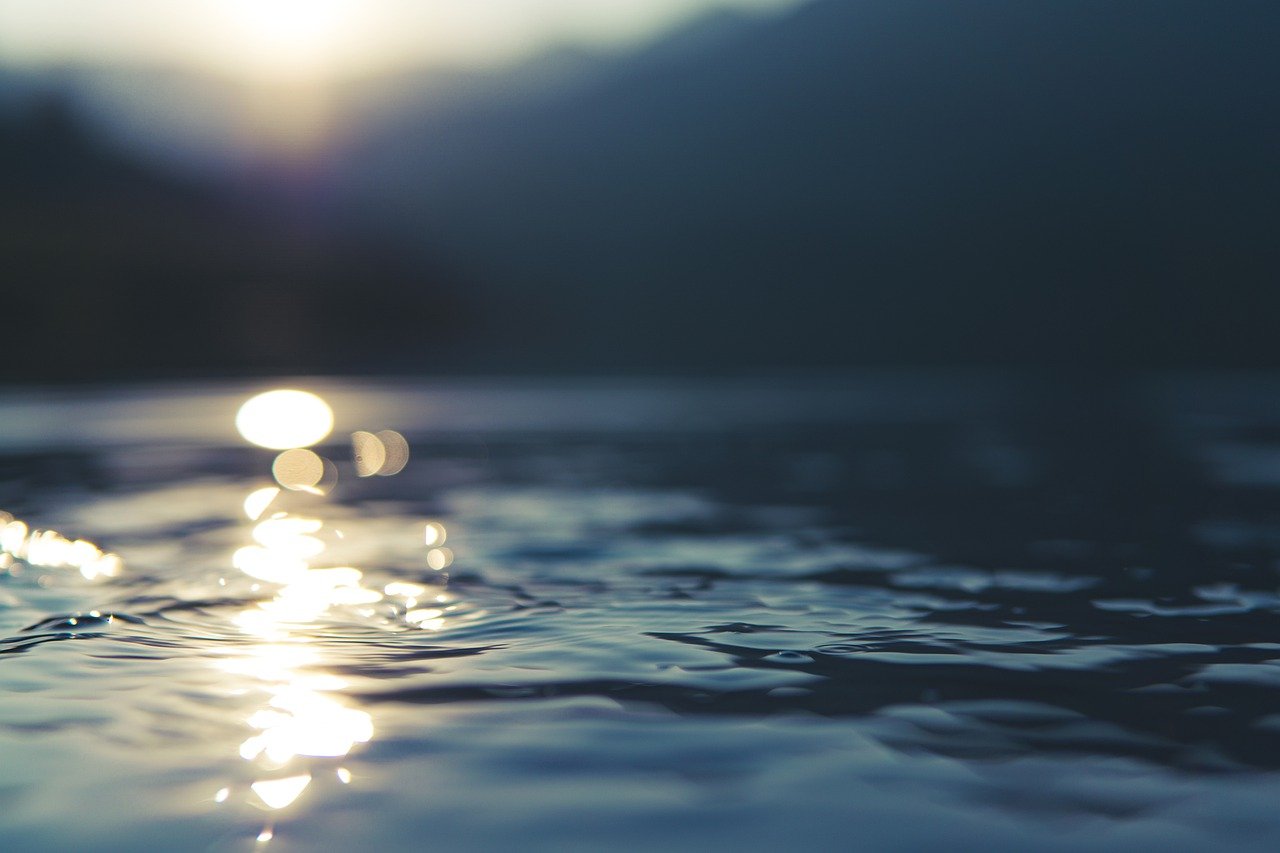Strong Hands For HandstandSTABILITYSTRONG HANDS FOR HANDSTAND When it comes to building strength for handstand, it starts at the base: our hands. Developing strong hands means targeting the wrist flexors, the very muscles that help create a trustworthy foundation....
Crow Pose Drills
Crow Pose Drills
bakasana
CROW POSE DRILLS
If we’re attempting to balance in a posture like Crow pose, then the understanding of the way in which we balance our weight is crucial. When we achieve this, not only will we find more confidence and comfort in executing the posture, but we’ll also be able to utilize this new knowledge and patterning to assist in the weight transfer that is imperative for a posture like Handstand. This of course doesn’t happen overnight. Establishing discipline and the right training ground will inform our experience. Implementing Crow pose drills into our practice is an excellent step. It’s not just about doing random drills we come across online or anywhere else, but it’s always about being intentional. The Crow pose drills Matt shares come from a lifetime of dedication and research in understanding the human body (anatomy and biomechanics), and arguably more importantly, the human psyche.
HANDSTAND AND ARM BALANCES
REGISTRATION NOW OPEN
- 10 Chromatic Yoga practices with founder Matt Giordano
- Full length 75 minute classes
- Each Yoga class includes handstand drills and 1 arm balance breakdown
- Each class includes warm ups, sun salutations, standing postures and preparatory postures for the selected arm balance of the day
- Improve your body awareness and advance your practice
- Technique, biomechanics, and alignment at the forefront
- 12 Continuing Education hours with Yoga Alliance
- 12 Accredited Hours with the Chromatic School of Yoga
- Step-by-Step instruction for increased accessibility
- Improve strength, balance, flexibility, and proprioception
- Appropriate variations and modifications for all levels
HANDSTAND CROW DRILL
The first Crow pose drill Matt shares, shows us how to explore the shifting of weight, in the posture. We’re not meant to balance here. It can be scary to think about falling in Crow if we can’t find our balance. After the demonstration of this drill in the full class, Matt discusses how we can train ourselves psychologically to overcome our fear by actually holding ourselves back from attempting to balance. This removes the temptation to go overboard and then ultimately end up falling, which is the very thing we fear.
That first drill is a great precursor to the second drill which is a “Handstand” Crow drill. Again, if we’re scared to balance, it’s great because we go from the bottom up (our head on the ground and then push away). This also serves to strengthen the flexors of the wrist, which is essential for Handstand.
WATCH THE VIDEO
CROW POSE DRILLS: THE KEYS TO BALANCING YOUR WEIGHT
LEAPFROG DRILL
Hollow Body Hops are a great building block that can be implemented as an extension from Matt’s Handstand Prep position #1. What we improve upon here is our ability to shift our weight more into the hands and away from our feet and hips. In fact, we pop off of the feet and start to create a longer hold of balanced weight into the hands.
Here, we place our hands more forward than we would in Handstand Prep #1. Instead of just lifting the heels we do a slight hop off of the feet to propel ourselves more forward in order to bring the feet closer between the hands once again.
In the video Matt demonstrates how to go both forward and backwards in these hops.
200 HOUR ONLINE TEACHER TRAINING
GET CERTIFIED & DEEPEN YOUR YOGA PRACTICE
- Deepen your yoga practice
- Build confidence speaking in front of groups in person and online
- Learn foundational class structures and templates
- Learn techniques for a wide range of yoga postures
- Get certified and highly qualified to teach yoga
- Yoga Alliance Globally Recognized Certification Program
START FROM THE BOTTOM
An effective way to find balance in Crow pose and to understand where the weight shift needs to occur, is to start from the bottom. Having explored it in the previous Handstand Crow pose drill is helpful in now attempting to cultivate more control in this approach.
Matt demonstrates it in two ways. In the first, we have the support of a cushion underneath the head and the next, we remove the cushion/bolster. The latter of course comes with more confidence and may take some time. One of the keys to finding our way up to balance is actively pulling the pubic bone and solar plexus together. This will help to flex the spine to achieve the desired shape and of course will help to pull ourselves up from the headstand position into Crow.
300 HOUR ONLINE TEACHER TRAINING
GET 500 HOUR CERTIFIED AS A MASTER TEACHER
Master your skill set as a teacher through refined techniques, anatomy, biomechanics, sequencing, philosophy, meditation techniques, theming, yoga business, and much more!
- Get 500 hour certified
- Learn anatomy, biomechanics, asana techniques
- Expand your teaching skills
- Masterful sequencing and verbal delivery
- Learn meditation and breathwork techniques
- Transformative tools: theming, dharma talks, satsang
YOUR PATH, YOUR WAY
It’s in our nature to resist challenge, but it’s also in our nature to pursue reward and pleasure. Now, this doesn’t necessarily mean that when we achieve arm balances like Crow pose or even Handstand that it is the only reward. It’s the road in “pursuit” of these postures where we truly achieve reward. When we cultivate the ability to discern what our own path is, what comes is a strong sense of accomplishment and reward. We may never “achieve” Crow pose or Handstand, but what we achieve is a healthier sense of self. We’ve contributed to strength in body and mind. Within the exploration of these drills we develop strength. The exploration formulates the path and provides direction.
Matt’s current online immersion Handstand and Arm Balances is the perfect step towards the achievement of our highest potential.
The 200 Hr. Teacher Training: Click Here to See the Next Start Date
The 300 Hr. Advanced Teacher Training: Click Here to See the Next Start Date
Article by Trish Curling
Video Extracted From: Handstand And Arm Balances
ONLINE ANATOMY COURSE
- Accessible, exciting, and easy to learn
- Anatomy and biomechanics for yoga
- Appropriate for both teachers and students
- Learn joint alignment vs pose alignment
- Demystify yoga poses and transitions
- Release aches and pains
- Learn how to avoid common injuries
- Caters to all levels with modifications and props
- 20 hours Continued Education Credits with Yoga Alliance
- 20 hours toward Chromatic Yoga Certification and 300 Hour
- Lifetime access
Continue Learning
Strong Hands For Handstand
Handstand Actions
Handstand ActionsLEAN, GRIP, PUSHHANDSTAND ACTIONS Handstand isn’t something we conquer in a single class, it’s a layered process that demands repetition and refinement. There are certain key handstand actions that are non-negotiable: lifting the shoulders up to the...
Handstand Mechanics
Handstand MechanicsINVERSIONHANDSTAND MECHANICS Stability, strength, and coordination come together in the pursuit of mastering handstand mechanics. One of the most critical foundations is internal rotation at the hip joints, which can aid with certain entries and...
Stable Sirsasana
Stable SirsasanaHEADSTANDSTABLE SIRSASANA Creating a stable Sirsasana is less about the final pose and more about the mechanics that lead us there. From weight transfer and spinal alignment to hamstring flexibility and shoulder engagement, each layer matters. Unlike...
Explore Hip Rotation
Explore Hip RotationSURYA YANTRASANAEXPLORE HIP ROTATION Hip rotation isn’t just an anatomical concept—it’s an open invitation to become more intimate with our body’s story. In yoga, we often live in lateral (external) rotation, especially in hip-opening postures....
Step Up Your Side Plank
Step Up Your Side PlankVASISTHASANASTEP UP YOUR SIDE PLANK Side Plank might look simple, but true proficiency starts in the details. One of the keys to refining the posture is learning how opposing muscle groups create an isometric contraction—a subtle engagement that...
THE FREE TECHNIQUE PACK
When You Subscribe, You Will Get Instant Access to
- the Technique Pack: 15 yoga pose breakdowns
- exclusive online course discounts
- exclusive blogs and videos
